Click Here To Join Our Telegram Channel for FREE daily tutorials!
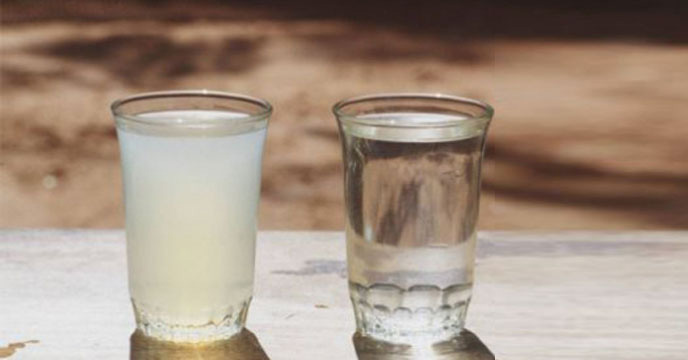
My neighbor just spent $4,449 on a water filter. I couldn’t believe it. That’s a whole lot of money to spend on clean water. Of course it’s essential, still… this investment was way over his budget, but his mother is sick and he wanted to make sure the water she drinks doesn’t make it even worse. So it’s understandable why he’d be willing to spend so much on a filter.
It’s important to know what you are getting when purchasing water filter. There are so many out there claiming they can turn your water into purity itself, but some of them skip over details, like heavy metal traces, fluoride or even parasites such as giardia (the most common parasite found in U.S. tap water).
So why pay so much on water that only looks crystal clear, but it’s not actually pure? Better save a load of money and make yourself a water filter from scratch, for just a fraction of the retail price. Another benefit is that you can make a bigger filter, if you want to clean a large amount of water… or you can make a bunch of small ones and place them around the house, wherever you need them.
One of the best filters on the market in my view is the awesome Berkey Water Purifier. However, this will set you back somewhere around $200-300+, depending on which size you get and which filter add-ons. They are great, but this got me thinking about creating a “low tech version”. Turns out you can – and not only this but you can make one for less than half the price – if you are prepared to skip the stainless steel and use some other readily available parts…
Here’s how you can make your own low-tech version at home, without going store to store, looking for the best price.
You’ll need some Berkey filter parts, but you won’t spend your whole paycheck on a name brand, that’s for sure. Click here to get just the special carbon block filters on Amazon.
And this is the complete step-by-step tutorial I found on Instructables:
Step 1: Selecting the Buckets
Food grade buckets are recommended. These can be purchased online, or you can get used ones at restaurants. These are more cost-efficient, but any stackable bucket with lids from 3 gallon to 6 gallon, round or square can be used.
Step 2: Top bucket modifications
You’ll need to drill two 1/2″ holes through the bottom of the top bucket and the lid of the bottom bucket. Then you insert the two Berkey filters into the top bucket with the rubber grommet between the bucket and the filter. Tighten the nuts on the filter shafts with the lid between the nuts and the bottom of the top bucket. At the end, it’s supposed to look like this:

 source: www.instructables.com
source: www.instructables.com
It may seem complicated, but once you start working on it, it will be a lot simpler than you thought.
Step 3: Modifying the bottom bucket
Now you have to drill a 3/4″ hole near the bottom of the bottom bucket, high enough so the spigot clears the bottom of the bucket. Two to three inches is usually sufficient. Install the spigot kit, with washers on both sides and nut on the inside.
Like this:
 source: www.instructables.com
source: www.instructables.com
Step 4: Finished
That’s how they should look when you’re all done:
 source: www.instructables.com
source: www.instructables.com
I have two of these at home and they work just fine.
If you are interested in taking this a step further, there are no doubt mods you can make that enable the carbon block filters to be used to process larger volumes of water – notably using larger containers if required.
Home-made gravel-type filters: I tried to build a large gravel-sand-and-cotton filter in my yard, too, but the water had this weird orange colour, so I couldn’t use it. The clay recipient wasn’t good (how can a clay recipient NOT be good… but anyway) so until I find a better one and test it, I’ll show you how to make your own…
Travel Water Filter
 source: tryscience.org
source: tryscience.org
It’s really easy to make and you can find these materials anywhere in the world (ok, maybe not in Antarctica), so if you think tap water is questionable, make a filter.
Here’s what you’ll need:
• 2-liter plastic bottle, cleaned and rinsed
• Coffee filter
• Rubber band
• 2 – 4 Cotton balls
• Activated charcoal, available at drugstores or pet shops (in the aquarium section)
• Fine sand
• Coarse sand
• Fine gravel
• Coarse gravel
And here are the instructions:
• Cut the bottle. Carefully cut off the bottom third of the 2-liter bottle, keeping both pieces.
• Prepare the filter. Wrap the coffee filter over the neck of the bottle and hold it in place with the coffee filter. Place a few cotton balls in the neck of the bottle to act as a plug.
• Fill the filter. Add one cup of each of the filter materials in the following order: fine sand, activated charcoal, coarse sand, fine gravel and coarse gravel.
• Clean the filter. Slowly pour one to two gallons of clean tap water into the filter, allowing it to drain completely.
• Position the filter. Place the neck of the bottle into the bottom half of the bottle so that the filter sits upright.
Now pour water slowly into the top of the filter, and it will collect in the bottom half of the bottle.
Important note – these filters should remove particulate matter and many dissolved chemicals like pharmaceuticals, pesticides. However, they are not guaranteed to take out bacteria. So if you think the water may be biologically contaminated, boil it before drinking, just to be safe.
If you’ve got your own tutorials, tips or knowledge for a DIY water filter, please share it with all of us in the comments section. Until next time, stay safe!
MFSP
This Crazy Off Grid Device Literally Makes Drinkable Water From Fresh Air:
According to NASA, the U.S. is expecting a 100-YEAR LONG MEGADROUGHT.
It's already begun. Ask the farmers in California. They know.
Every survivalist knows that water is of critical importance. You NEED an independent water source that you can count on!
As an interesting "survival rehearsal" - imagine that you turned the tap on right now and nothing came out. How long would you last?
But what if there was another water source literally hidden in plain sight. That's right, I'm talking about the atmosphere!
The amazing thing about getting water from the natural moisture in the air... is that it is ALWAYS available.
This gives you real water security!
Learn more about how to tap into "Nature's secret water reservoir" and stay hydrated when TSHTF!
Watch the video:
😳 What Tinnitus Does To Your Brain Cells (And How To Stop It)
After 47 years of studies and countless brain scans done on more than 2,400 tinnitus patients, scientists at the MIT Institute found that in a shocking 96% of cases, tinnitus was actually shrinking their brain cells.
As it turns out, tinnitus and brain health are strongly linked.
Even more interesting: The reason why top army officials are not deaf after decades of hearing machine guns, bombs going off and helicopter noises…
Is because they are using something called "the wire method", a simple protocol inspired by a classified surgery on deaf people from the 1950s...

I Can't Help Showing This Off:
If you haven't heard of Claude Davis yet do yourself a huge favor and watch this video.
One of the smartest guys I ever had the pleasure of meeting, Claude set-up a unique prepping system that changed his life forever.
I already tried it myself and let me tell... you I was completely blown away... His surprising tactics could make your life easier and give you the peace of mind you deserve.
Don't just take my word for it... watch his short video and decide for yourself.

Most People Don't Have The Guts To Try This:
An amazing discovery in an abandoned house in Austin, Texas: A lost book of amazing survival knowledge, believed to have been long vanished to history, has been found in a dusty drawer in the house which belonged to a guy named Claude Davis.
Remember... back in those days, there was no electricity... no refrigerators... no law enforcement... and certainly no grocery store or supermarkets... Some of these exceptional skills are hundreds of years of old and they were learned the hard way by the early pioneers.
>> Click here to find out about them now
We've lost to history so much survival knowledge that we've become clueless compared to what our great grandfathers did or built on a daily basis to sustain their families.
Neighbors said that for the last couple of years Claude has tried to unearth and learn the forgotten ways of our great-grandparents and claimed to have found a secret of gargantuan proportions. A secret that he is about to reveal together with 3 old teachings that will change everything you think you know about preparedness:
>>> Click Here To Watch His Short Video <<<

More Off-Grid And Survival Resources:

What REALLY Happens When You Bury a Shipping Container? (Hint: It's A Bit Crazy...)
Shipping containers are all the rage - but if you are thinking about buying one, you MUST watch this video first:
There's a general belief that if you bury a shipping container you can create an awesome root cellar / storm shelter / survival bunker.
But is a shipping container strong enough to handle the pressure?
Watch the video to see what happens:
What Really Happens When You Bury a Shipping Container? (Click To Watch Video)

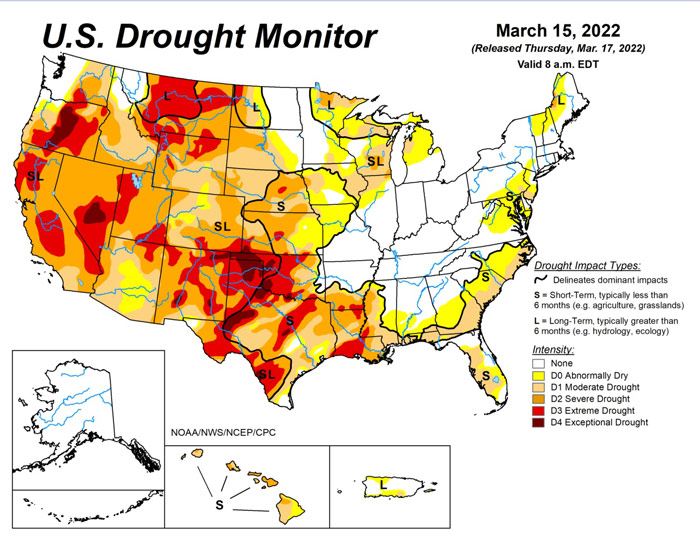
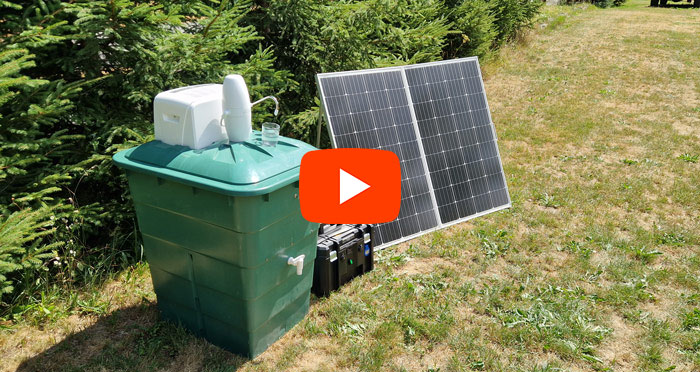



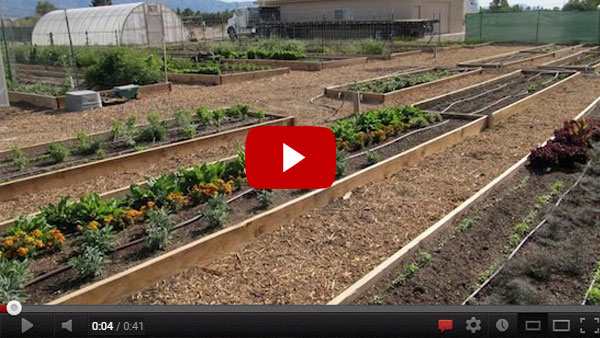
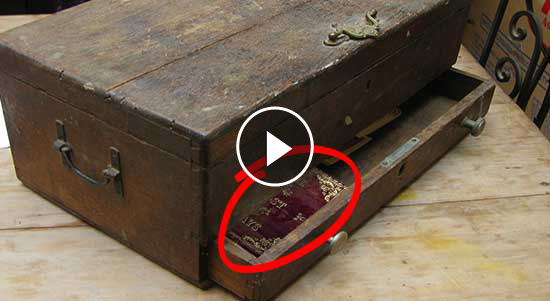
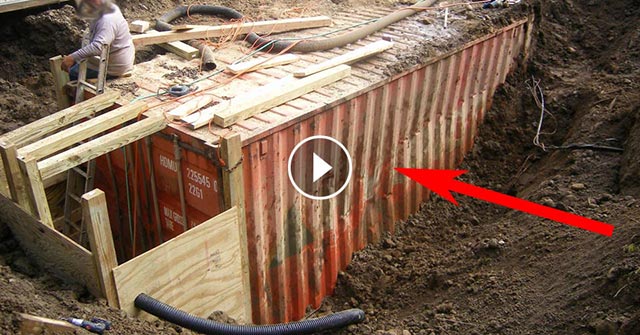
This is a nice inexpensive homemade water filter. Probably the best part of it is that there are no expensive filters to buy. I think that is the worst part of commercial filter systems. The filters are where the companies make their money which cost almost as much as the filter housing did initially. So making your own filter like this makes complete sense. Great article.
If some one wishes expert view concerning running a blog then i advise him/her to pay
a quick visit this web site, Keep up the pleasant
work.